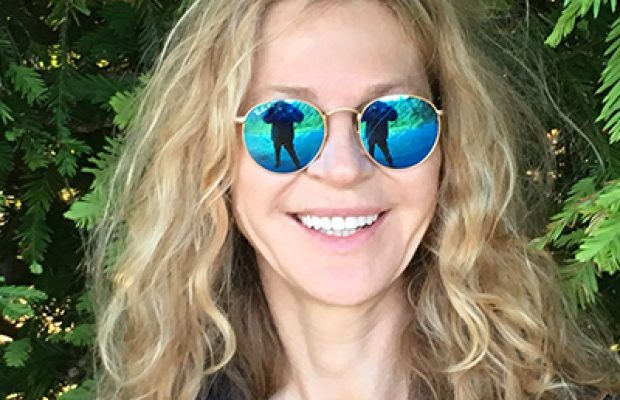Steve Biggar
Steve was an MD/PhD student in the lab and studied the role of the SWI/SNF complex in yeast. He made a ts allele of SWI-2 and used it to show that the yeast complex is continuously necessary for transcription in yeast and that it plays a semi-redundant role with GCN5. With Steffan Ho he devised […]







